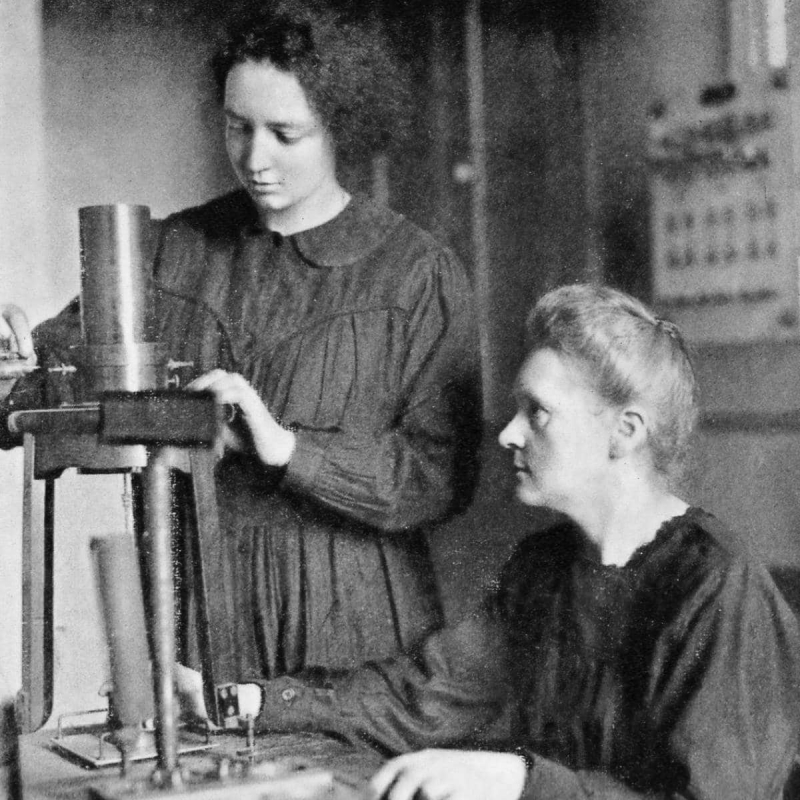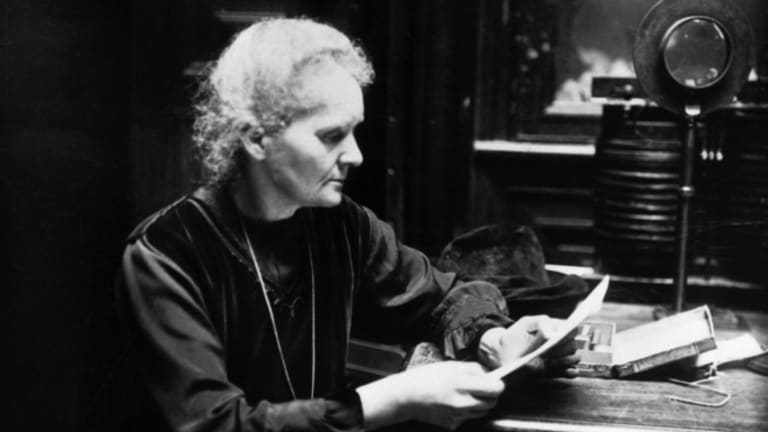Marie Curie’s work eventually killed her
Marie Curie's laboratory couldn't accommodate her growing radioactive studies because of space constraints. According to Goldsmith, the Austrian government pounced on the chance to hire Curie and offered to build her a state-of-the-art laboratory. To have a laboratory for studying radiation built, Curie bargained with the Pasteur Institute. The Radium Institute, also known as the Institut du Radium, at the Pasteur Institute, which is now the Curie Institute, was nearly finished by July 1914. Curie put her research on hold when World War I started in 1914 and set up a fleet of portable X-ray units for use by doctors at the front.
She put a lot of effort into fund-raising for her Radium Institute after the war. But by 1920, she was already experiencing health problems, most likely as a result of her contact with radioactive substances. Aplastic anemia, which occurs when the bone marrow fails to create new blood cells, caused Curie's death on July 4, 1934. According to historian Craig Nelson's book "The Age of Radiance: The Epic Rise and Dramatic Fall of the Atomic Era," Curie's physician stated that her "bone marrow could not react possibly because it had been harmed by a protracted accumulation of radiations."










